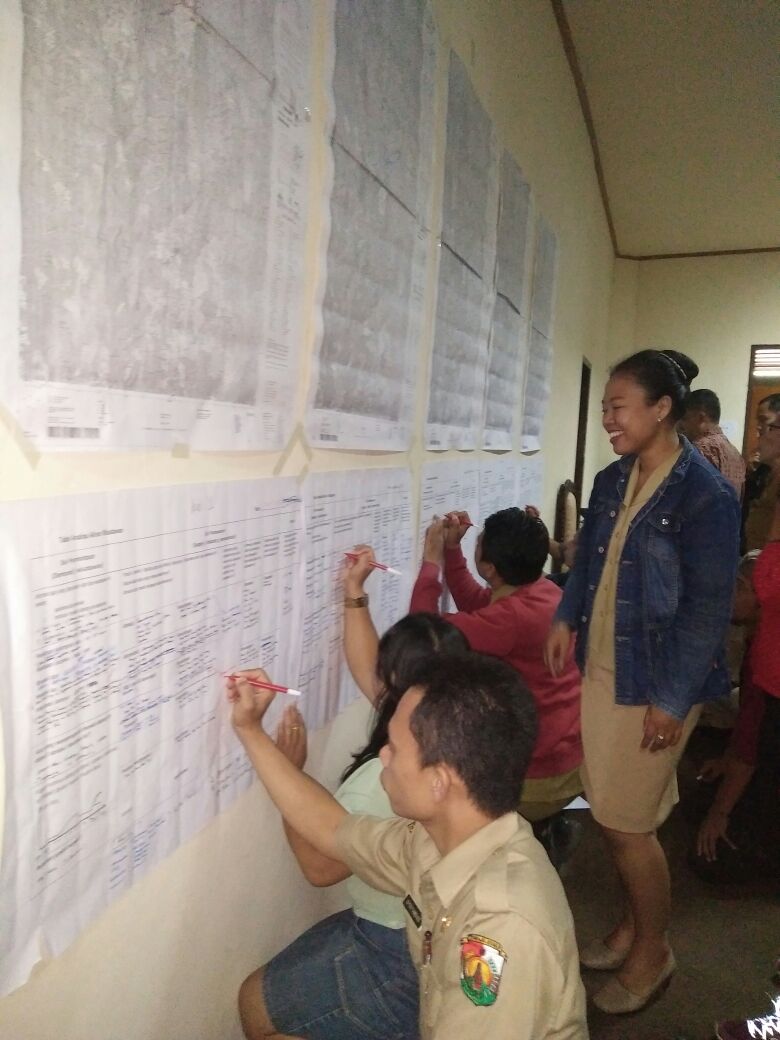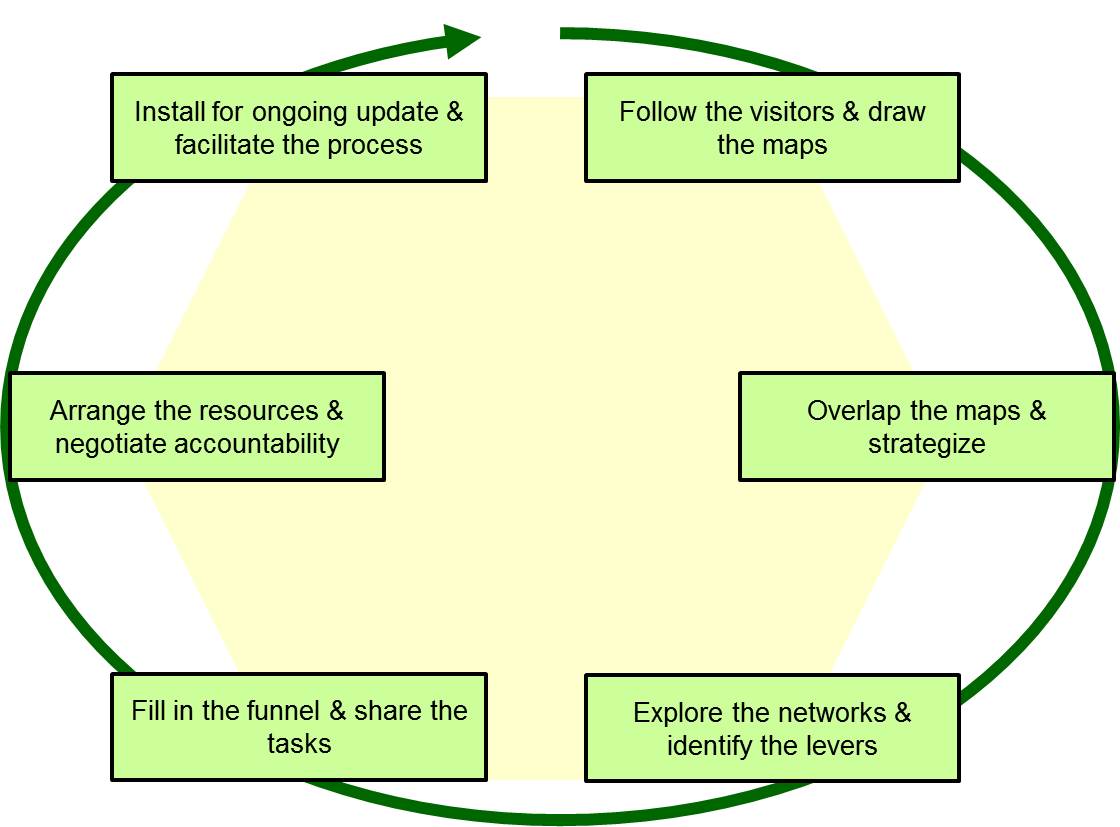St. Gallen Model for Destination Management
combines theory and practical tools into a comprehensive approach. The SGDM provides a market-driven, realistic, and forward-looking perspective on the development of the tourist destination.
The approach enables decision-makers to identify strategic visitor flows. Those flows allow gaining a common understanding and taking purposeful decisions.
What is the SGDM? How does it work?
Images: (c) IMP-HSG and Swisscontact
The St. Gallen Model for Destination Management (SGDM) is an approach for market-oriented destination planning and development.
The approach helps tourist service providers and other destination actors/stakeholders to understand the versatility of demand in a particular area. In short, the SGDM summarizes the spatial behavior of tourists and visitors to understand visitor profiles and activities (What are visitors doing? Where? With whom? How much do they spend? etc.). The understanding of a destination's portfolio of strategic visitor flows enables decision makers to align projects, products, and services with travel motives and visitor behavior and to orchestrate activities and processes.
In practice, the approach follows a series of six steps:
identify visitor flows and define, draw, and describe strategic visitor flows (SVF);
discuss the variable geometry by overlapping individual SVFs and assessing the SVF portfolio;
analyze demand and supply networks and reconstruct the network’s main levers and driving mechanisms;
describe the management and marketing processes per SVF and allocate as well as distribute tasks along the process;
arrange strategies and actions among organizations and actors and assign resources according to corresponding competences;
update the SVFs, the marketing and management process and the use of resources continuously and moderate the destination-level learning and decision-making processes.
Beyond the tourism context, the approach has applications in other network industries that rely on spatial co-production and understanding the spatial component of customer behavior and experiences (e.g., real estate development, transportation, city planning, etc.).
Who is the model for?
Developed for and with practice...
The SGDM and its approach address representatives of :
tourist service providers (e.g., hotels, gastronomy, operators of tourist attractions, mountain railways, etc.);
tourist organizations, visitor boards and destination management/marketing organizations (DMO);
public administrators as well as public institutions;
development agenices;
Regional planning agencies; and
Infrastructure planners and developers.
We build on practical experience in more than 30 destinations in Europe, Africa, and Asia as well as the latest insights from research on destination management and marketing. Industry publications provide further information for a professional audience.
... based on years of research.
For researchers and students of tourism and destination management, the SGDM offers a new way of understanding and conceptualizing the destination as a complex dynamic system of interdependencies - activated by visitors in a certain space for certain periods in time.
The biennial conference «Advances in Destination Management» as well as academic publications provide further information for an academic audience.
Get in touch
Dr.
Stephan Reinhold
stephan.reinhold@lnu.se
+46 (0)480-497-137






